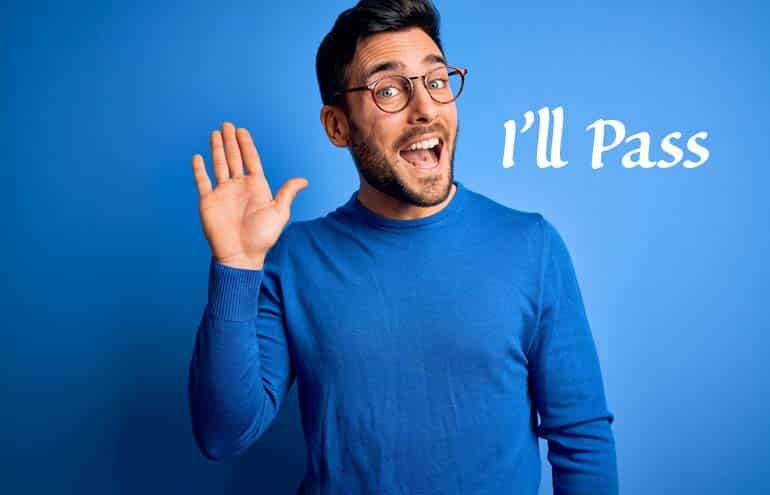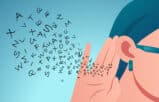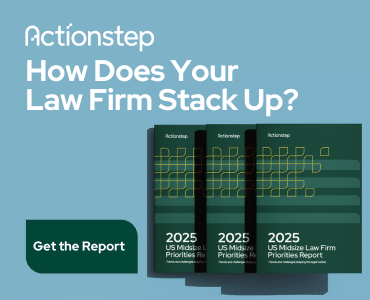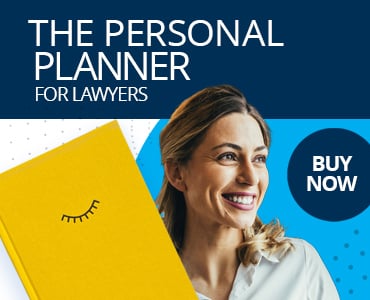Trust isn’t given. It’s earned. Video storytelling can help lawyers build trust with jurors.
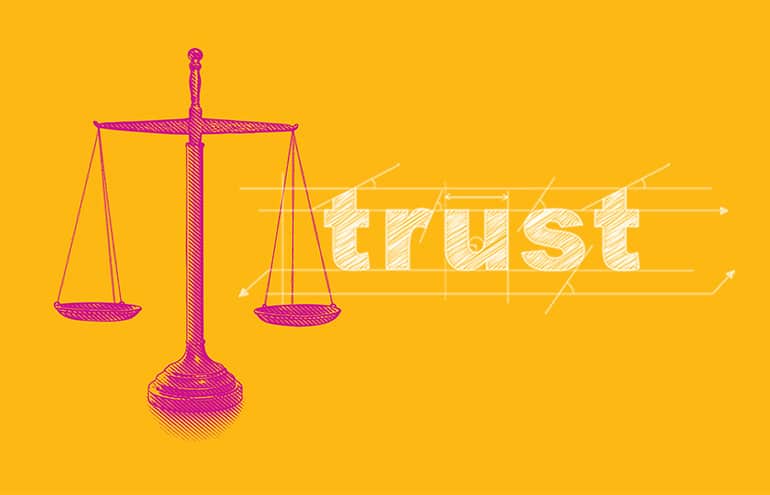
Table of contents
The Credibility Crisis: What Lawyers Can Learn from Journalists
Lawyers and journalists are both in the business of persuasion. They gather evidence, construct narratives, and present their findings to an audience that may be skeptical. They also face a similar challenge: Public trust is low.
A recent Gallup poll found that only 16% of Americans rate lawyers’ honesty and ethics as “high” or “very high.” Journalists fared slightly better, with 19% receiving high ratings, though a Reuters study found that 40% of those polled said they trust the news “most of the time.” This skepticism isn’t just a public perception issue. It affects how jurors weigh arguments, how clients view legal advice, and how opposing counsel approaches negotiations.
Journalists have taken deliberate steps to rebuild trust, and research shows these efforts are working. Studies by the Center for Media Engagement found that public trust increases when news organizations openly explain how they verify facts, cite sources clearly and engage with readers about their reporting process.
Lawyers can use these same credibility-building techniques in the courtroom, mediation room and beyond.
Show Your Work: How Transparency Helps Build Trust With Jurors
One of the biggest takeaways from journalism research is that transparency makes people more likely to believe what they hear. News outlets have experimented with “explain your process” strategies, like USA TODAY and The Tennessean, by adding short notes on how journalists researched stories. The result? Readers rated the reporting as more credible, accurate and fair.
Lawyers can apply the same principle by walking their audience — whether it’s a jury, a judge, an insurance adjuster or an opposing attorney — through their reasoning step by step. Doing so doesn’t just clarify facts — it shows respect for their judgment and helps gain jurors’ trust. For example, instead of making a blanket statement like, “The evidence proves the defendant was negligent,” show how you reached that conclusion.
In the PG&E lawsuits over the 2017 and 2018 California wildfires, plaintiffs’ attorneys didn’t just claim faulty equipment caused the fires. They built their case by citing maintenance records, expert analyses of power line failures, and internal emails showing the company delayed repairs due to cost concerns. By methodically laying out the evidence, they left little room for doubt.
The same principle applies in a personal injury trial. If the defense argues that the plaintiff’s injuries were preexisting, it’s not enough to say, “The medical evidence contradicts this claim.” A more assertive approach would be:
“The defense argues that my client’s injuries existed before the fall. But medical records from three separate doctors, each with no connection to this case, show no complaints of pain or treatment before the accident. After the fall, my client required physical therapy, pain management and, ultimately, surgery. That progression is consistent with a traumatic injury, not a preexisting condition.”
Even when evidence is unavailable, transparency builds credibility. In a business fraud case where key financial documents are missing, a lawyer might say:
“We couldn’t obtain all financial records due to confidentiality restrictions. But internal emails from the CFO show the company knowingly overstated earnings by 25%, which aligns with our damages claim.”
Anticipating skepticism and addressing potential doubts upfront makes a lawyer’s case more persuasive.
Cite Your Sources: Attribution Creates Authority
Journalists don’t expect the public to take their word for it. They cite sources. Lawyers should do the same when communicating with jurors.
Attribution strengthens arguments by providing independent verification. In the Boeing 737 Max litigation, plaintiffs’ attorneys didn’t just claim the aircraft had design flaws. They cited FAA reports, Boeing’s own internal documents, and whistleblower testimony showing the company rushed production and ignored safety concerns. This layering of sources made their case nearly irrefutable.
Attribution doesn’t always need to be complex. In a car accident case, rather than stating, “The defendant was speeding,” a lawyer can say:
“The police report says the defendant was driving 20 miles over the speed limit at impact.”
Specific, well-sourced arguments are harder to dispute.
Seeing Is Believing: The Power of Video Storytelling
Research shows people retain 95% of a message when they watch a video, compared to only 10% when reading text. This is why video has become one of the most persuasive tools in journalism and the legal field.
- Day-in-the-life videos are among the most effective ways to show how an injury affects a plaintiff. Instead of telling jurors that a client can no longer cook, dress or walk unassisted, a video can show the reality. Slow, painful movements. Reliance on assistive devices. Frustration over once-simple tasks. Seeing a plaintiff struggle to button a shirt or step into a shower leaves a lasting impression.
- Settlement documentaries take this a step further. These professionally produced videos combine interviews, expert testimony and compelling visuals to create a narrative that can be presented during mediation or negotiations. A documentary might include footage of a plaintiff’s daily struggles, statements from family members about how life has changed, and expert explanations of long-term medical costs. These videos can be powerful tools for securing favorable settlements in high-stakes cases.
- Accident reconstructions are another effective way to clarify liability. If a trucking company claims that a driver had no time to react before a crash, a reconstruction video using black box data and speed analysis can show that the driver had a full five seconds — enough time to brake or swerve. These visualizations remove ambiguity.
Video is also useful in business litigation.
If a company is accused of fraud, video testimony from former employees explaining internal pressure to manipulate numbers is often more impactful than reading depositions in court. Jurors and decision-makers respond to human emotion and body language, making video a powerful credibility tool.
Whether it’s a personal injury claim, business litigation or wrongful death case, video storytelling brings facts to life. It simplifies complex information, humanizes plaintiffs and eliminates doubt.
Credibility Wins Cases
Trust is earned. Lawyers who adopt transparency, attribution and storytelling techniques will be more persuasive, whether speaking to a jury, negotiating a settlement or presenting to a judge.
By showing how they reach conclusions, citing independent sources, and incorporating video storytelling when possible, lawyers can build the credibility needed to win both trust and cases.
Image © iStockPhoto.com.

Sign up for Attorney at Work’s daily practice tips newsletter here and subscribe to our podcast, Attorney at Work Today.







